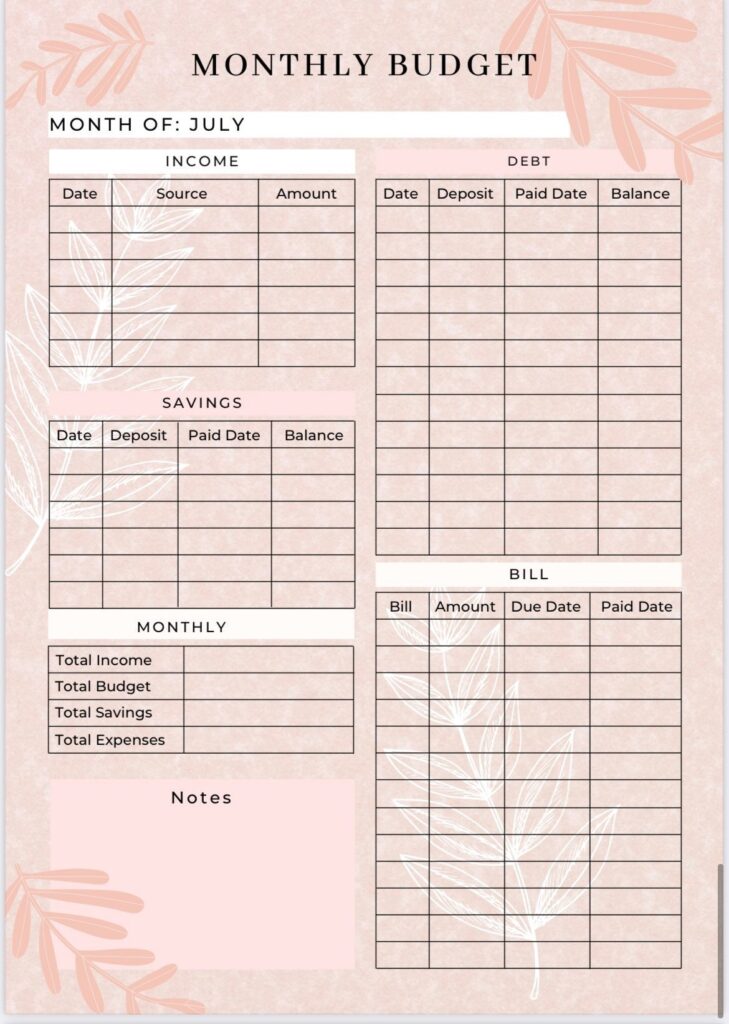
Investing Without the Stress: A Guide to Building Wealth with Peace of Mind
Investing is often portrayed as a high-stakes game, filled with constant monitoring, nail-biting decisions, and the potential for significant losses. This perception can be a major deterrent, causing many to avoid investing altogether, even when they know it’s essential for long-term financial security. However, investing doesn’t have to be a source of stress and anxiety. With the right approach, it can be a manageable, even enjoyable, part of your life.
This article will provide you with a comprehensive guide to investing without the stress. We’ll explore strategies to minimize risk, build a diversified portfolio, and develop a mindset that promotes patience and long-term success.
1. Understanding Your Risk Tolerance
Before you invest a single dollar, it’s crucial to understand your risk tolerance. This refers to your comfort level with the possibility of losing money. Some people are naturally risk-averse, preferring investments that offer stability, even if the returns are modest. Others are more comfortable with risk, willing to accept potential losses in exchange for the possibility of higher gains.
To assess your risk tolerance, consider these questions:
- What is your investment time horizon? If you have a long time horizon (e.g., decades until retirement), you can generally afford to take on more risk. If you have a shorter time horizon, you may prefer more conservative investments.
- How would you react to a market downturn? Would you panic and sell your investments, or would you stay the course and view it as a buying opportunity?
- What are your financial goals? If your goals are aggressive (e.g., early retirement), you may need to take on more risk to achieve them. If your goals are more modest (e.g., supplementing retirement income), you may prefer a more conservative approach.
There are also online risk tolerance questionnaires that can help you get a better understanding of your comfort level.
2. The Power of Diversification
Diversification is a cornerstone of stress-free investing. It involves spreading your investments across a variety of asset classes, industries, and geographic regions. The goal is to reduce the impact of any single investment on your overall portfolio.
Here’s why diversification is so important:
- It reduces volatility: When one investment performs poorly, others may perform well, offsetting the losses.
- It limits your exposure to risk: By investing in a variety of assets, you’re less vulnerable to the ups and downs of any single market or sector.
- It increases your chances of long-term success: Over time, a diversified portfolio is more likely to generate consistent returns.
3. Embracing Index Funds and ETFs
Index funds and exchange-traded funds (ETFs) are excellent tools for diversification. These funds hold a basket of stocks or bonds that track a specific market index, such as the S&P 500.
Here’s why index funds and ETFs are ideal for stress-free investing:
- Low cost: They typically have very low expense ratios, meaning you keep more of your investment returns.
- Broad diversification: They provide instant exposure to a wide range of stocks or bonds.
- Passive management: They are passively managed, meaning there’s no active stock picking or market timing, which reduces the potential for human error and emotional decision-making.
4. The Magic of Dollar-Cost Averaging
Dollar-cost averaging is a strategy that involves investing a fixed amount of money at regular intervals, regardless of market conditions. For example, you might invest $500 per month in an S&P 500 index fund.
Here’s how dollar-cost averaging can reduce stress:
- It removes the guesswork: You don’t have to worry about timing the market. You simply invest on a regular schedule.
- It reduces volatility: You buy more shares when prices are low and fewer shares when prices are high, which helps to smooth out your returns over time.
- It promotes discipline: It encourages you to stick to your investment plan, even when the market is volatile.
5. Setting Realistic Expectations
One of the biggest sources of stress in investing is unrealistic expectations. If you expect to get rich quickly, you’re likely to be disappointed and frustrated.
It’s important to remember that investing is a long-term game. It takes time to build wealth. Set realistic expectations for your investment returns and be patient.
6. Automating Your Investments
Automation can take a lot of the stress out of investing. Set up automatic transfers from your checking account to your investment account on a regular basis. This will ensure that you’re consistently investing, even when you’re busy or distracted.
7. Avoiding Emotional Decision-Making
Emotions can be your worst enemy when it comes to investing. Fear and greed can lead to impulsive decisions that can hurt your portfolio.
Here are some tips for avoiding emotional decision-making:
- Don’t watch the market every day: Checking your portfolio constantly can lead to anxiety and make you more likely to react to short-term market fluctuations.
- Stick to your investment plan: Don’t deviate from your plan based on emotions.
- Seek advice from a financial advisor: A financial advisor can provide objective guidance and help you stay on track.
8. Regularly Reviewing and Rebalancing Your Portfolio
It’s important to review your portfolio periodically to make sure it’s still aligned with your goals and risk tolerance. Rebalancing involves selling some of your investments that have performed well and buying more of the investments that have underperformed. This helps to maintain your desired asset allocation.
9. Focusing on the Long Term
Investing is a marathon, not a sprint. Don’t get discouraged by short-term market fluctuations. Focus on the long-term goals and stay committed to your investment plan.
10. Educating Yourself
The more you know about investing, the more confident you’ll be. Read books, articles, and blogs about investing. Attend seminars and workshops. The more knowledge you have, the less stressful investing will be.
11. Seeking Professional Guidance
If you’re feeling overwhelmed or unsure about how to invest, consider seeking advice from a qualified financial advisor. A financial advisor can help you develop a personalized investment plan, manage your portfolio, and stay on track to achieve your financial goals.
12. Building an Emergency Fund
Before you start investing, it’s essential to have an emergency fund to cover unexpected expenses. This will help you avoid having to sell your investments during a financial crisis.
Conclusion
Investing doesn’t have to be a stressful experience. By understanding your risk tolerance, diversifying your portfolio, embracing index funds and ETFs, using dollar-cost averaging, setting realistic expectations, automating your investments, avoiding emotional decision-making, regularly reviewing and rebalancing your portfolio, focusing on the long term, educating yourself, seeking professional guidance, and building an emergency fund, you can invest with peace of mind and build wealth over time. Remember, the key is to create a plan that you’re comfortable with and stick to it. Happy investing!



